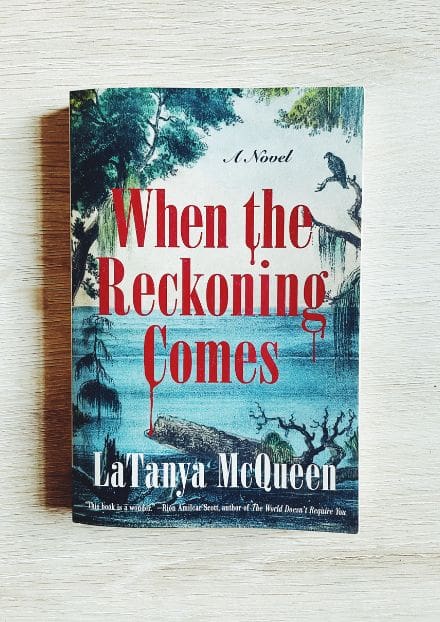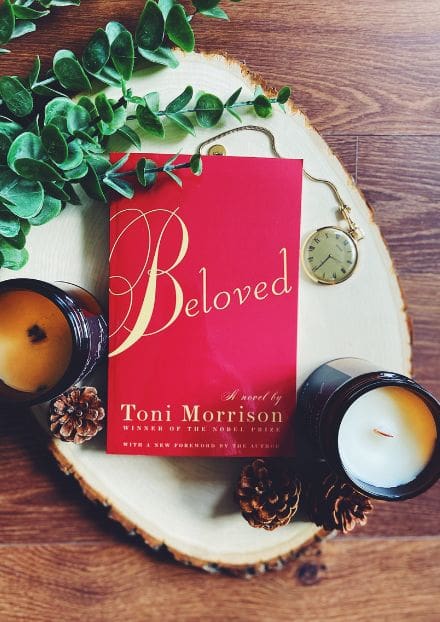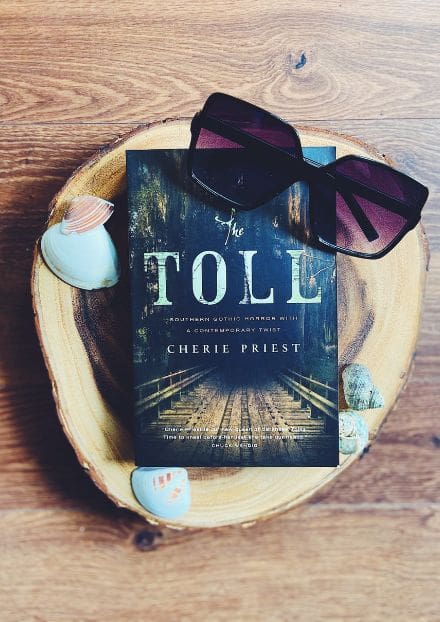For many, Gothic literature is intertwined with the great novels throughout history. It’s often viewed as dark, damp, and dreary, featuring dilapidated mansions with creaky floorboards and haunted hallways. However, many may not be aware that the American South has its own niche genre which adjusts certain aspects: Southern Gothic Fiction. Are there similarities between the two? And when did Southern Gothic fiction come into being? Let’s take a look at the origins and implications of the genre and its impact on the world of horror literature.
The Origins of Gothic Literature
Gothic fiction originated in 1764 with Horace Walpole’s The Castle of Otranto. Still, it wasn’t until 1839, with Edgar Allan Poe’s The Fall of the House of Usher that the genre gained popularity. Other famous examples include Mary Shelley’s Frankenstein and Bram Stoker’s Dracula, which overlap with the horror and science fiction genres.
Related10 Gothic Horror Stories to Haunt Your Dreams
It’s important to note that many genres, including Gothic Fiction, can belong to more than one category due to commonalities in themes, style, tropes, and storytelling devices such as setting and character types.
Southern Gothic Fiction: What Is It?

Nowhere in the United States is the Gothic more present than in the South. Southern Gothic Fiction is unique in that it is entrenched in tensions and aberrations. The castles of classic Gothic Fiction are replaced by ruined and decaying plantations and mansions, as many hold dark secrets and past sins.
Henry Clay Lewis and Mark Twain first introduced the apparent origin in the Southern states; these two authors from the 19th century presented deeply flawed characters who found themselves in dilapidated settings, outrageous situations with other disturbing elements often involving hoodoo, poverty, alienation, crime, or some form of violence, in addition, the dialogues and text often included terrible grammar.
This is not difficult to understand as one looks at its history: the plantations, slavery, and the advent of the Civil War; these three elements shaped not only the economy of the South but also its citizens’ outlook on life, how they viewed social status, work, relationships, and taboos.
Related5 Best Modern Gothic Novels To Read This Fall
The Controversies of Southern Gothic Fiction
The Civil War resulted in the emancipation of over four million enslaved individuals, which should have marked a brighter future for them. However, it led to poverty, increased violence, racism, and religious extremism. The Ku Klux Klan, the most infamous racist organization, was established in 1866 and became more prominent in 1920. This significantly impacted many authors of the time, as did the end of World War I.

This is seen in William Faulkner’s writings; he is widely considered one of the most celebrated writers of American Literature and is regarded as the most excellent writer of Southern literature. Many of his works showcase themes of violence, prejudice, racism, and surrealistic nightmares, as do the works of Erskine Caldwell, another acclaimed writer of the genre.
Influenced by Faulkner, Mary Flannery O’Connor wrote stories that explored Catholic morality and featured grotesque characters in violent situations, as this was her background. She expanded her thesis into two novels –Wise Blood and The Violent Bear It Away -and her short stories were compiled in Complete Stories. Her posthumous 1972 National Book Award for Fiction recognized the enduring praise for her work.
However, not every aspect of the genre is celebrated. Writers and critics alike have voiced their concerns about how Black characters are portrayed in stories written by white authors. The renowned author Toni Morrison asserted that enslaved black people were depicted as having flaws or suppressed desires of the white ego.
She described it as
Toni Morrison
More contemporary Black writers have replaced the supernatural elements with more realistic features, such as in Richard Wright’s works, where the focus is on the horrors of white racism.
RelatedTop 5 of the Best Edgar Allan Poe Stories of All Time
Southern Gothic Fiction Today

Although some say that Southern Gothic Fiction died after 1970, it is still clearly alive and progressing despite its criticism of being considered vulgar. Various Southern authors continue to interpret and progress the genre, dealing with issues specific to the region and the underlying turmoil unique to the Southern states. Only the talented authors of the region can genuinely understand and express the angst and complexity of these conflicts.














